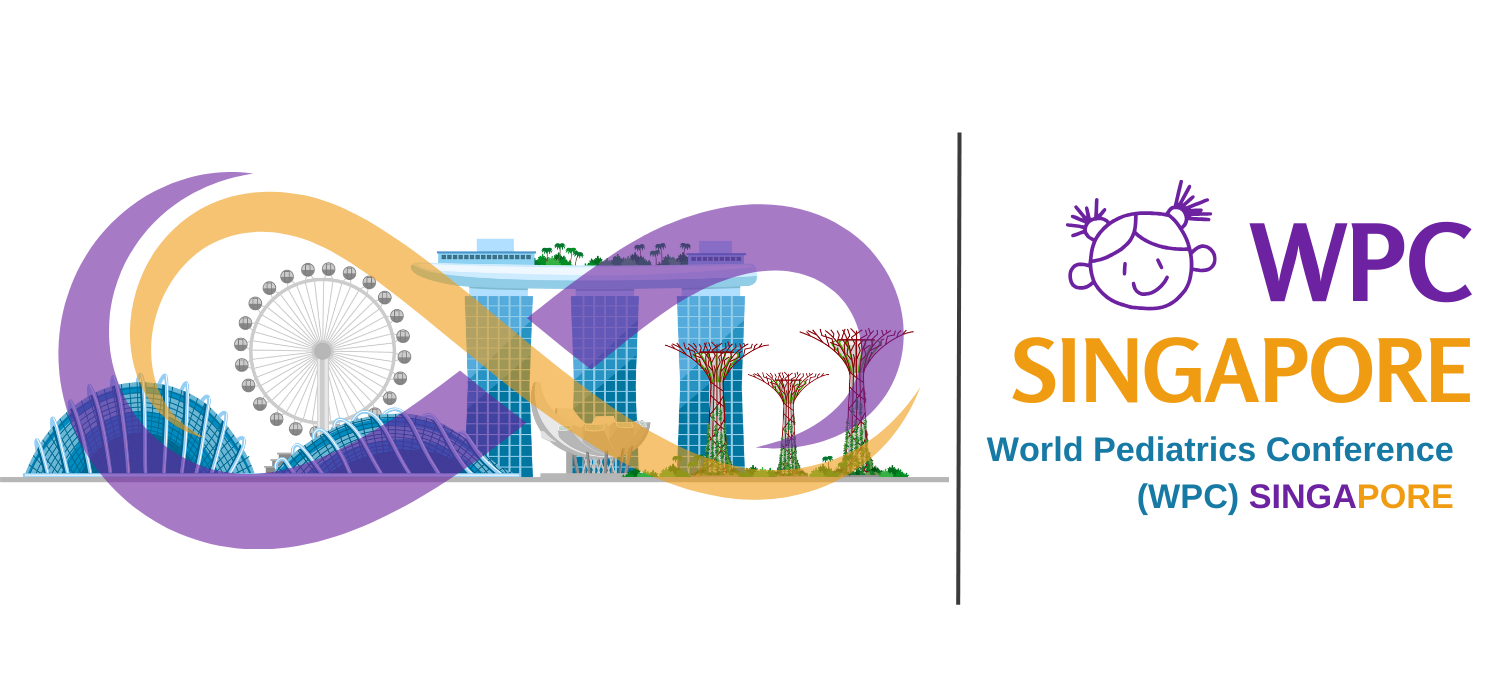Medical Degree staff of Neonate ward of Sekayu Hospital, South Sumatera, Indonesia
Pediatric Specialist of Sekayu Hospital, South Sumatera, Indonesia
Background: The WHO report cited from the State of the world mother 2007 (2000-2003 data) stated that 27 % of neonatal deaths caused by under-month infants and low birth weight.
Case illustration: A 27-week-old girl with a birth weight of 845 grams, was born spontaneously from G3P2A0 with a history of premature rupture of the membranes during the week. No signs of respiratory distress. There was found leukocyte count reached 39700 cells/μL. Antibiotics are given intravenously starting the first day until the 7th day. Parenteral nutrition using 10% dextrose and was replaced using KAEN 4A and 5% aminofusinpaed and priming using breast milk 3 mL per 6 hours was carried out via OGT. Enteral feeding was increased by 2 mL per 2 hours per day by looking at drinking tolerance. At the age of 15 days, the baby was getting standard formula milk nutrition (1:25 mL) 20 mL per 3 hours. At age 23, a baby with late-onset neonatal sepsis. At the age of 44 days, the baby’s condition is stable, the suction reflex is rather strong, and weighs 1600 grams.
Discussion: Early feeding is an important part of the care of premature babies to encourage growth and maturation of the gastrointestinal tract. In premature babies with very low birth weight (VLBW), parenteral nutrition should be given before enteral feeding can be given properly. It is recommended that drinking be started within the first 24 hours. A meta-analysis study comparing early feeding (<2 days) and late feeding (>2 days) in preterm infants received a mean weight gain of 70 grams/kgBW/week in the early group feeding and 71 grams/kgBW/week in the late feeding group. Weight gain every week is the standard used to determine adequate postnatal growth.















